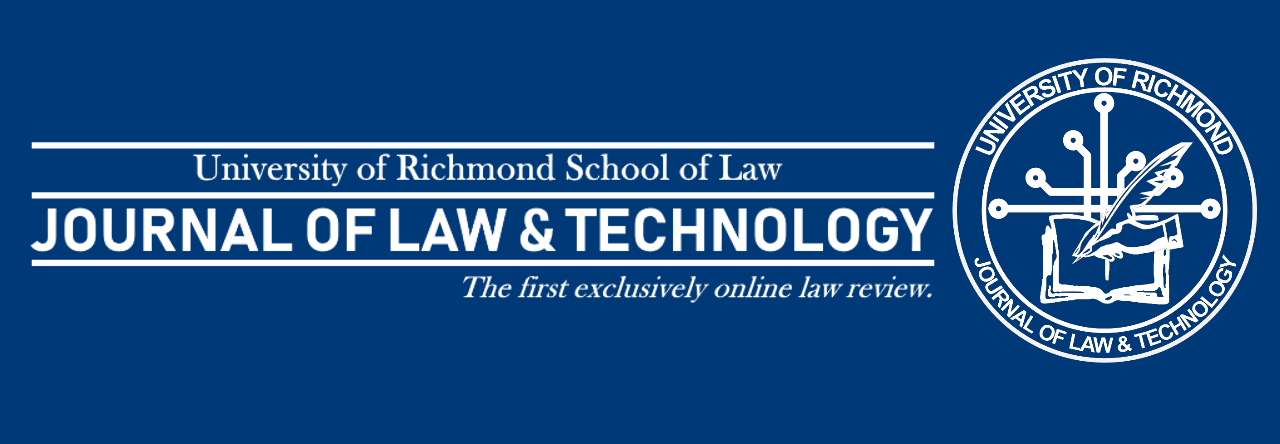By: Olivia Akl
When the 2008-2009 financial crisis meant many in the U.S. were facing unemployment or underemployment, the “gig economy” boomed.[1] Based on “[t]he concept of creating an income from short-term tasks,” the gig economy has grown to encompass full-time independent contractors as well as those picking up a few hours or shifts a week to augment other full- or part-time employment.[2] The gig economy includes the more traditional “[m]usicians, photographers, writers, truckdrivers, and tradespeople,” as well as the more modern “independent management consultants…, machine learning data scientists…, delivery drivers,” rideshare drivers, and hosts.[3]
Along with the modern notions of the gig economy, a modern business approach rose up to facilitate it: apps.[4] The apps of companies like Uber, AirBnB, Lyft, Grubhub, DoorDash, Instacart, and more are so synonymous with the business entity that the average individual does not separate the business entity from the service it provides.[5] However, the business entities have drawn very hard legal lines between their services, in the form of the app which serves as a marketplace connecting the gig worker to the client, and the actual service the gig worker performs.[6]
This liability shield is currently under fire in California where the adoption of Assembly Bill 5 (“AB5”), which institutes a three-pronged test to decide whether a gig worker is a contract worker or a hired employee.[7] AB5 effectively expands the Dynamex[8] ruling of the California Supreme Court which applied the “ABC test” first articulated in Martinez v. Combs[9] to a document delivery company, affirming the lower court’s decision that the drivers for Dynamex Operations West were employees as defined by California’s Industrial Welfare Commission.[10] The adoption of AB5 codified the ABC test into California law.[11]
The ABC test, so named for the bulleting system the Martinez Court used in its articulation of the test, breaks down that “to employ” means: “(a) to exercise control over the wages, hours, or working conditions, or (b) to suffer or permit to work, or (c) to engage, thereby creating a common law employment relationship.”[12]
AB5 “will affect at least one million workers,” who have been denied “basic protections like a minimum wage and unemployment insurance.”[13] AB5 could also fundamentally change how these app-based companies have been doing business if the companies in question cannot avoid the employee categorization for their workforce, as Uber believes it can.[14] Some estimates by industry officials say costs will go up “by 20 to 30 percent” as a result of recategorizing gig workers as employees.[15] Uber and Lyft have warned of reduced scheduling flexibility for gig workers.[16]
Perhaps the biggest impact of AB5 for the gig economy app companies will be the loss of their liability shield.[17] Uber, for example “faces many lawsuits over issues ranging from fender benders to wage disputes to more-serious incidents.”[18] Recently, an individual sued Uber and one of the gig workers who drove for it “alleging she nearly lost her leg after being struck by [the gig worker], who she claimed veered off the road.”[19] Uber’s defense in cases such as these relies on the gig worker not being an employee, and thus an agent of Uber which would open Uber up to liability, but rather an independent contractor whose “work is outside the usual course of Uber’s business.”[20] Uber is able to make this claim by maintaining that it is not “in the business of providing transportation,” but in the business of providing a marketplace for independent drivers to contract with those who wish to hire their services.[21] If under AB5 Uber’s gig workers are found to be employees, driving for Uber would be working in “the usual course of business” and thus they would likely be found to be agents of Uber, opening Uber up to legal liability for any accidents their employees have while driving for Uber.
Legal liability is likely the main reason why Uber, Lyft, and DoorDash have announced “they would commit $90 million to a state ballot measure to create an alternative worker classification, somewhere between employee and independent contractor.”[22] Whatever the outcome, AB5 has already had a large impact and more states may follow in California’s steps.[23]
image source: https://www.gigeconomydata.org
[1] John Frazer, How the Gig Economy is Reshaping Careers for the Next Generation, Forbes (Feb. 15, 2019), http://www.forbes.com/sites/johnfrazer1/2019/02/15/how-the-gig-economy-is-reshaping-careers-for-the-next-generation/#292554049ada.
[2] See id.
[3] Id.
[4] See Angela Stringfellow, Best Gig Economy Apps, Wonolo (Sept. 30, 2019), https://www.wonolo.com/blog/best-gig-economy-apps/.
[5] See e.g., Maggie Tillman & Britta O’Boyle, What is Uber and How Does it Work?, Pocket-lint (June 2019), https://www.pocket-lint.com/apps/news/uber/139559-what-is-uber-and-how-does-it-work (describing Uber as “a ride-hailing company”); Cambria Bold, I Had My Groceries Delivered by Instacart, and Here’s How it Went, Kitchn (Jan. 2015), https://www.thekitchn.com/i-had-my-groceries-delivered-by-instacart-and-heres-how-it-went-214795 (describing Instacart as a “grocery delivery company”).
[6] See Greg Bensinger, Uber: The Ride-Hailing App That Says it Has “Zero” Drivers, Wash. Post (Oct. 2019) https://www.washingtonpost.com/technology/2019/10/14/uber-ride-hailing-app-that-says-it-has-zero-drivers/.
[7] See Alexia Fernández Campbell, California Just Passed A Landmark Law to Regulate Uber and Lyft, Vox (Sept.18, 2019) https://www.vox.com/2019/9/11/20850878/california-passes-ab5-bill-uber-lyft.
[8] See Dynamex Operations W. v. Superior Court, 416 P.3d 1 (Cal. 2018).
[9] See Martinez v. Combs, 231 P.3d 259, 278 (Cal. 2010).
[10] See Dynamex, 231 P.3d at 42.
[11] Kate Conger & Noam Scheiber, California Bill Makes App-Based Companies Treat Workers as Employees, NY Times (Sept. 2019), https://www.nytimes.com/2019/09/11/technology/california-gig-economy-bill.html.
[12] See Martinez, 231 P.3d at 278.
[13] Conger & Scheiber, supra note 11.
[14] See Aarian Marshall, In California, Gig Workers Are About to Become Employees, Wired (Sept. 2019) https://www.wired.com/story/california-gig-workers-become-employees/ (“[Uber] won’t reclassify its drivers as employees on January 1, because the company believes it can pass the law’s three-part test”).
[15] See Conger & Scheiber, supra note 11.
[16] See id.
[17] See Bensinger, supra note 6.
[18] Id.
[19] Id.
[20] Id.
[21] See Id.
[22] See Marshall, supra note 14.
[23] See id. (noting that New York is working on a similar bill).
